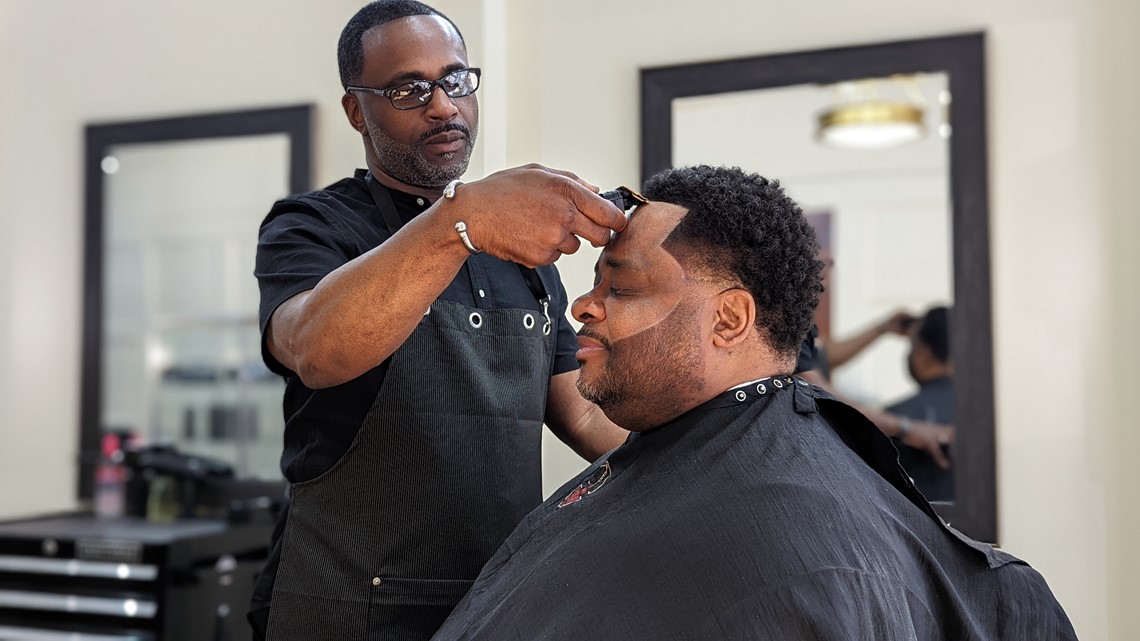Mastering the Craft of Effectively Describing Your Desired Hairstyle to Your Barber So You Get The Hair Cut You Really Wanted
While consulting a hair professional, having the ability to clearly describe your desired hairstyle is essential for reaching the intended look. A well-defined description enables the stylist understand your expectation and minimizes the chances of miscommunication. To ensure that you get the haircut you want, it is necessary to prepare in advance and consider several critical factors when articulating your preferences. These factors include hair cut, texture, style, and any specific elements that you would like to incorporate.
First, consider the length of your hair. Haircuts can range from very short styles like pixies to long layers that fall below the shoulders. It is helpful to specify whether you want a trim, a significant cut, or a complete transformation. Using precise terms such as "shoulder-length" or "mid-back" can provide clarity. Additionally, discussing the possibility of bangs or layers helps the stylist visualize your request more accurately. Being clear about how much length you wish to maintain or remove will significantly influence the outcome of your haircut.
Secondly, tress consistency serves a crucial role in determining how a style will appear. Different textures—such as straight, rippled, curly, or kinky—react uniquely to specific cuts. When explaining your ideal cut, it is important to mention your hair's inherent structure and whether you plan to utilize any styling tools or products. For example, if you have dense strands, you may want to ask for thinning techniques to minimize volume. Conversely, if your hair is thin, you might seek texturizing that create fullness. This detail allows the professional to customize the style based on how your strands behaves.

In conjunction to hair length and texture, discussing the overall style you want can offer direction for the hair professional. There are numerous hairstyles to select, including timeless cuts like bobs and contemporary variations like angled cuts. It is beneficial to provide examples of looks that you like—these could be photos from print media or online portfolios. Highlighting specific elements such as blended lines, defined outlines, or graduated layers can help expressing your idea more effectively. This guarantees that both you and your hair expert are on the same page regarding style direction.
Finally, don't neglect to mention any distinctive traits that might enhance your haircut. This could involve aspects such as face shape or personal style preferences that influence the overall appearance. For instance, those with round faces might lean toward gentle contours to elongate their profile, while clients with square faces may choose blended layering to soften their jaw structure. In addition, discussing shade preferences can also be part of this consultation; specifying if Discover More you want accent tones or a solid color can further define your desired result.
To summarize, effectively communicating your desired style involves thoughtful consideration of several key More Info factors: hair length, hair type, style, and distinct traits. By planning in advance and being clear about these elements, clients can greatly enhance their visit at the salon and boost the likelihood of leaving with a haircut they are happy with. A productive consultation with a hair professional is built on clear communication and shared expectations. This collaborative approach guarantees that both client and technician collaborate towards achieving the perfect look.